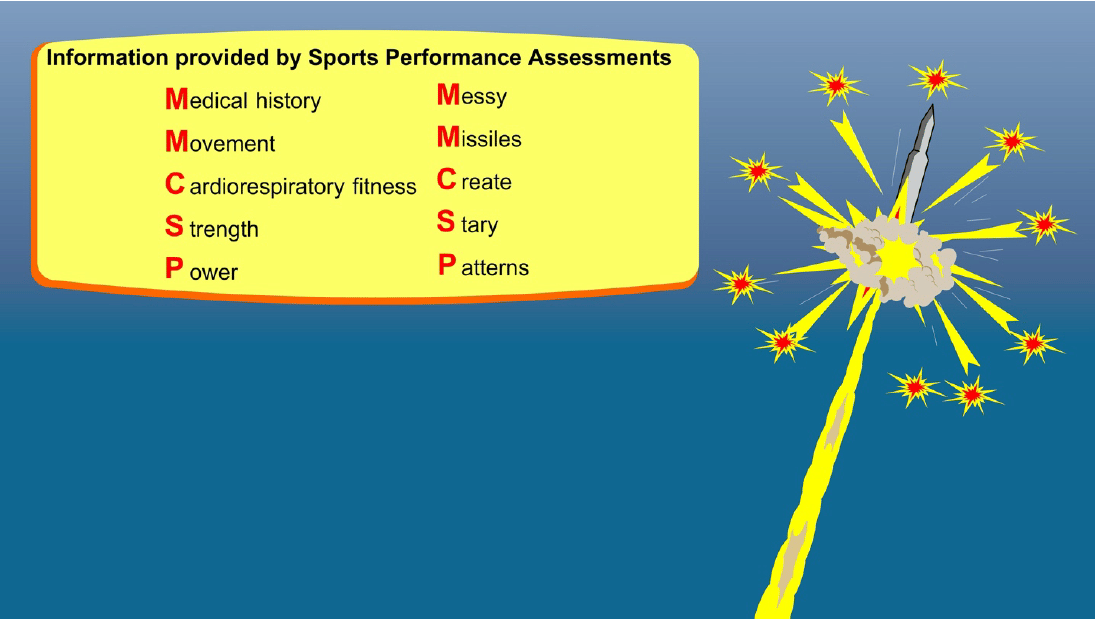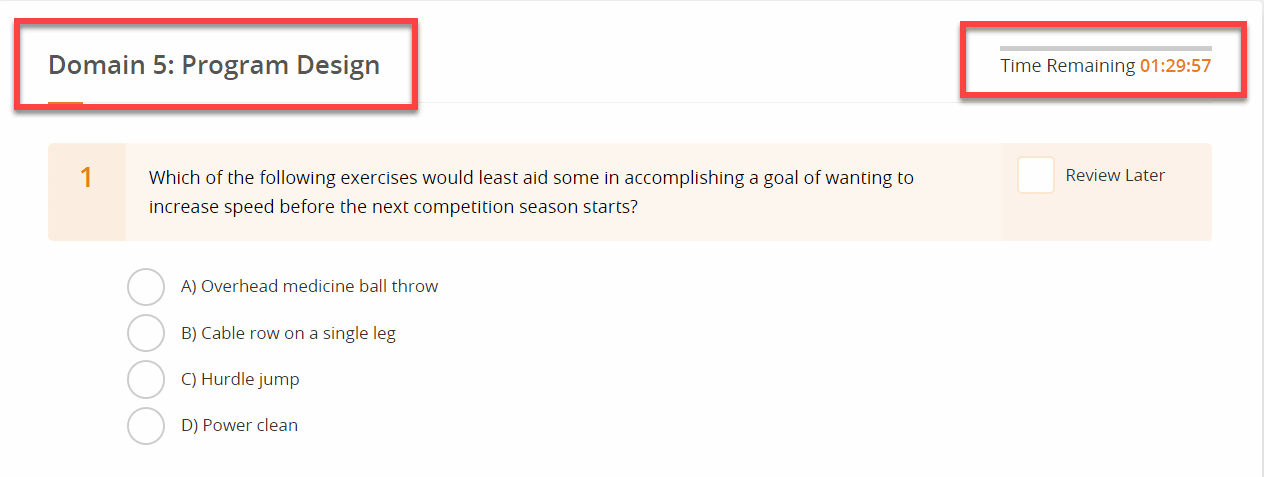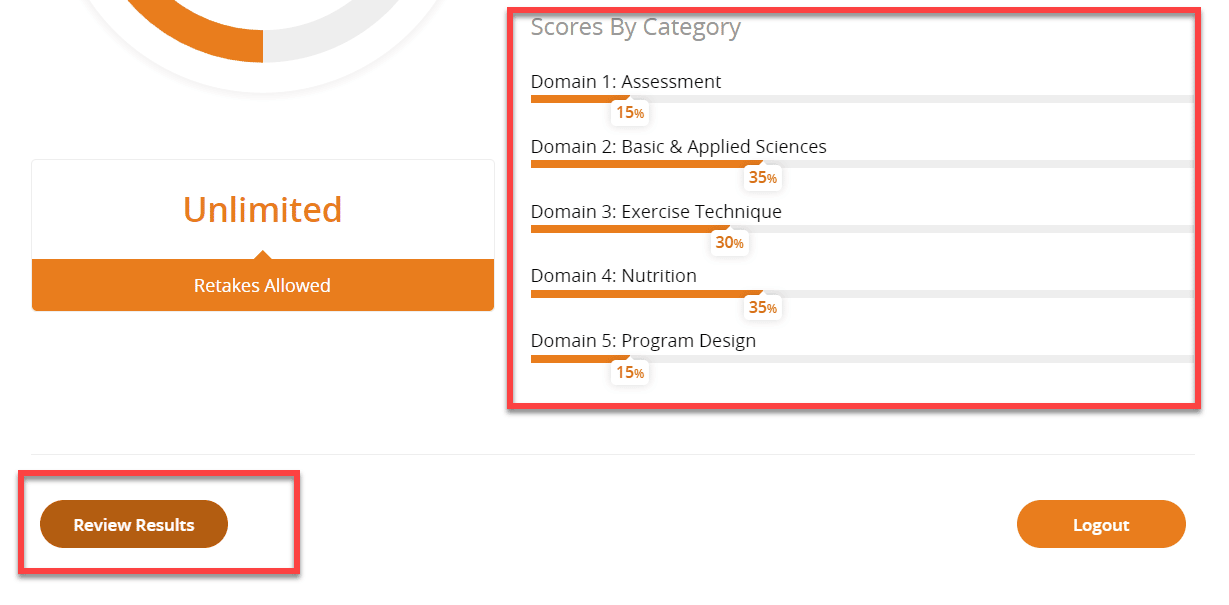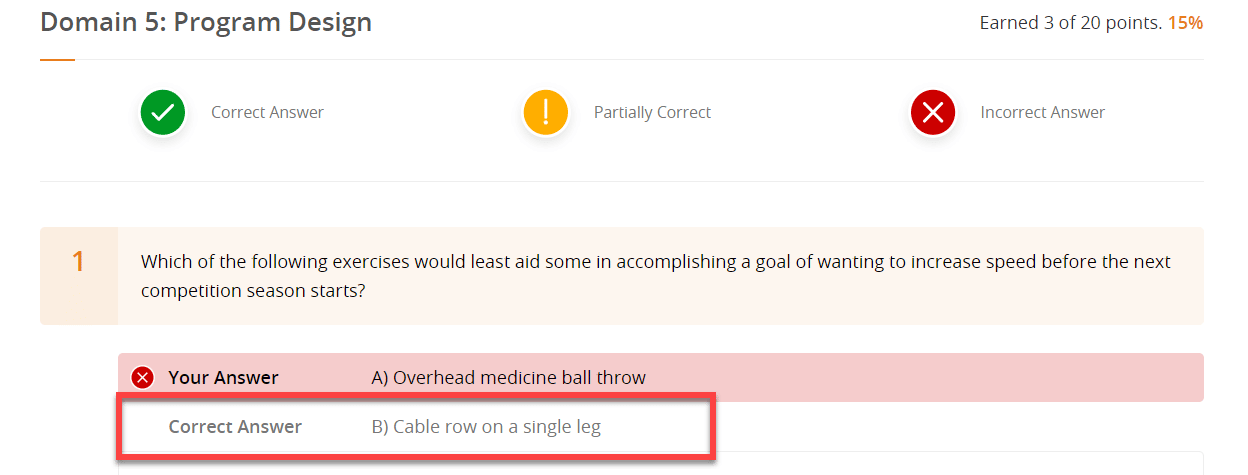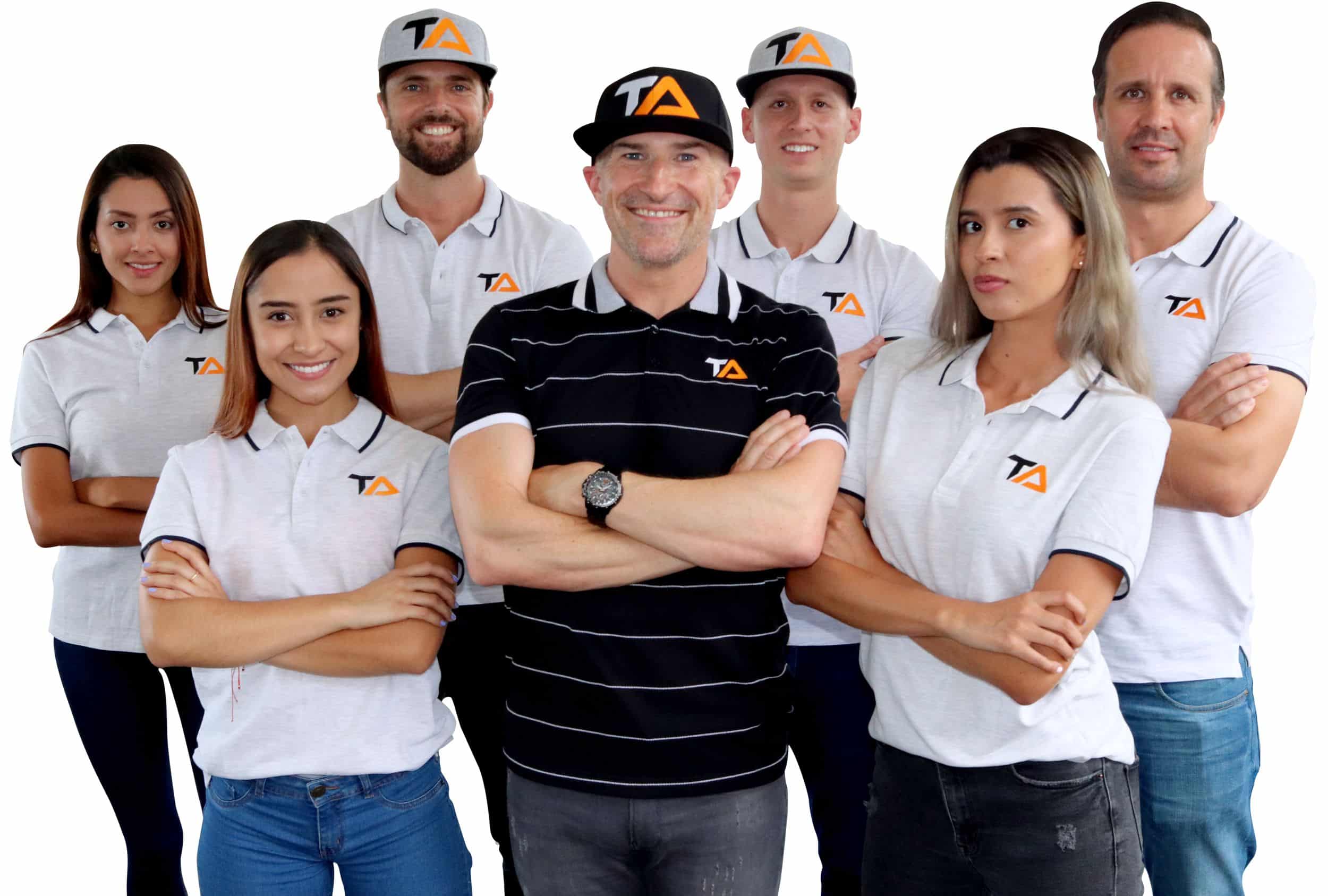
NASM PES MVP Package Example
Chapter three assignments:
1
Discuss what sports performance testing is and also the information provided by sports performance assessments.
2
What questions need to be asked in a readiness for activity form?
3
List the muscles that experience shortening and lengthening during inward knee movement in the overhead squat assessment.
4
For what purpose is the Shark Skill Test administered?
5
Utilizing Table 3.2, make a list of all antihypertensive (blood pressure decreasing) drugs.
6
Describe and explain the key differences between a static, dynamic and transitional assessment. List all of this chapter’s transitional assessments.
7
What are the major injuries and surgeries that we take into account when assessing athletes?
8
Explain the purpose of an Overhead Squat Assessment?
We include only the most important questions so that the huge NASM PES textbook does not completely overwhelm you.
Chapter 3 assignment answers:
Sports performance testing is a systematic approach to problem-solving that provides the sports performance professional with a basis for making educated decisions about exercise and acute variable selection. It is however not designed to actually diagnose any condition. The sports performance assessment provides a view of the current structure and function of the athlete including these things:
a. Medical history
b. Movement
c. Cardiorespiratory fitness
d. Strength
e. Power
The questions that should be asked:
– Has your doctor ever said that you have a heart condition and that you should perform only physical activity recommended by a doctor?
– Do you feel pain in your chest when you do physical activity?
– In the past month, have you had chest pain when you were not performing any physical activity?
– Do you lose your balance because of dizziness or do you ever lose consciousness?
– Do you have a bone or joint problem that could be made worse by changing your physical activity?
– Is your doctor currently prescribing any medication for your blood pressure or for a heart condition?
– Do you know any other reason why you should not engage in physical activity?
From the anterior view, we look to see if the knees move inward, showing a valgus stress. The muscles that are most likely to be overactive would be the adductor complex, the biceps femoris, the TFL, the latera gastrocnemius, and the vastus lateralis. The muscles that are likely to be underactive would be the medial hamstring, medial gastrocnemius, the glute max and med, the vastus medialis oblique, anterior tibilais, and the posterior tibialis.
This is designed to assess lower extremity agility and neuromuscular control. (It should be viewed as a progression from the Single-leg squat and, as such, may not be suitable for all individuals.)
Blood pressure decreasing drugs:
a. Beta-blockers
b. Calcium channel blockers
c. Nitrates potentially
d. Diuretics potentially
e. Vasodilators
f. Antidepressants possibly
A static assessment is the first type, and this is when you do an assessment on posture and balance without moving. So, you are attempting to be stable without moving. Transitional and dynamic assessments look at movements and use checkpoints in the moves to find where moves breakdown for people. The checkpoints we usually use are the feet, knees, lumbo-pelvic complex, shoulders, and the head. So instead of just having the person stand still and observing then, you would have them go through the movement and watch from the different views for the checkpoints that are needed. The transitional assessments are:
– Overhead squat assessment
– Single-leg assessment
– Pushing assessment
– Pulling assessment
Past injuries:
a. Ankle sprains
b. Injuries involving the ligaments of the knee
c. Low back injuries
d. Shoulder injuries
e. Other injuries to the human movement system that cause imbalances
Past surgeries:
a. Foot and ankle surgery
b. Knee surgery
c. Back surgery
d. Shoulder surgery
e. Cesarean section for birth
f. Appendectomy
This assessment is designed to measure dynamic flexibility, core strength, balance, and overall neuromuscular control. There is evidence to support the use of transitional movement assessments, such as the overhead squat test and single-leg squat test.3e These assessments appear to be reliable and valid measures of lower extremity movement patterns when standard protocols are applied. The overhead squat test has been shown to reflect lower extremity movement patterns during jump landing tasks.a0 Knee valgus during the overhead squat test is influenced by decreased hip abductor and hip external rotation strength, increased hip adductor activity, and restricted ankle dorsiflexion.al’42 These results suggest the movement impairments observed during this transitional movement assessment may be the result of alterations in available joint motion, muscle activation, and overall neuromuscular control that may point toward an elevated injury risk.
You didn’t think we were going to leave you hanging without the answers, did you? Use these answers to double-check your own. Or, use them as a cram guide before the exam.
chapter 3 mnemonics:
At first, mnemonics may seem like a strange way to study. But studies have shown time and time again that it is the best way to memorize information in a sequence. The goal is to make them as weird, controversial or gross as possible. Trust me, you are First Response might be “Ewwwww”, but you will never forget them. Practice what you learned in the fill in the blank section below.
let’s practice one. List the five human movement system checkpionts?
Audio Study Guide
And for audio learners, we’ve got you covered as well. These are great to study while you are driving or hands-free. It is the same as the written study guide. Short and sweet. We don’t want you falling asleep from an overload of long boring lectures.
Our Intelligent flashcards: Click a card

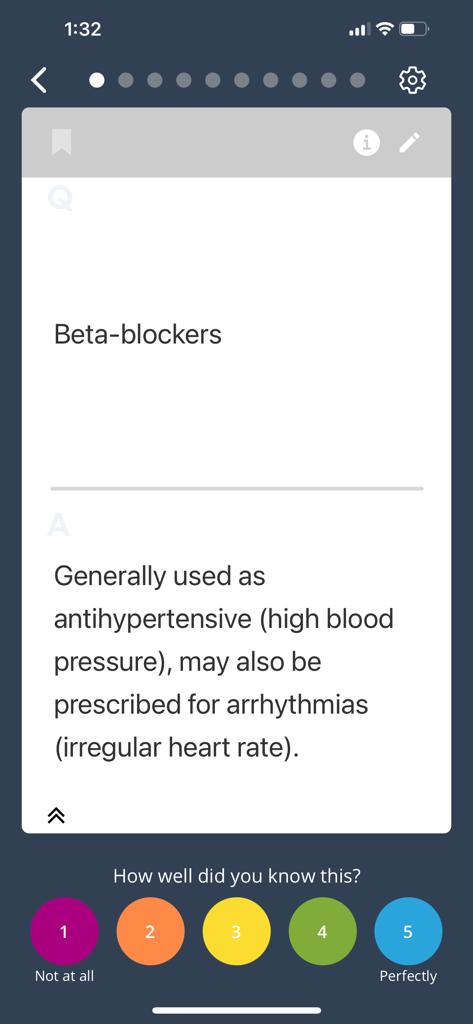

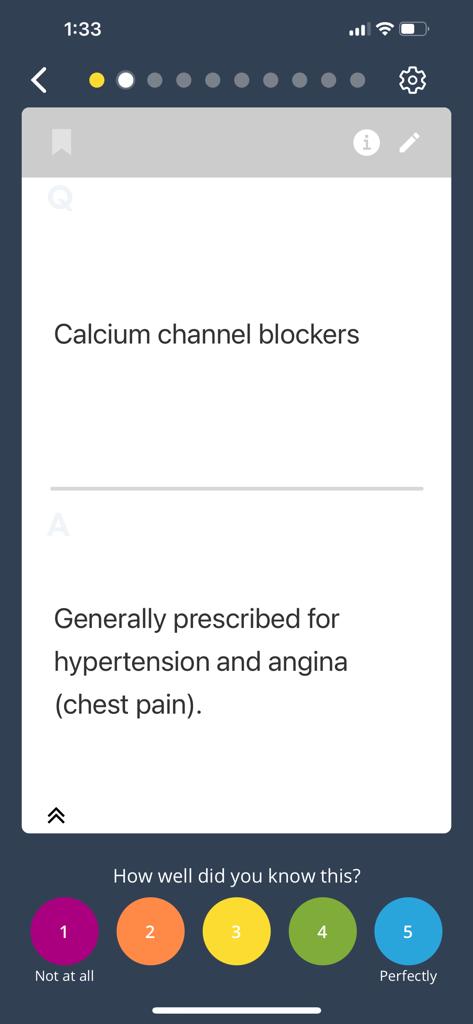

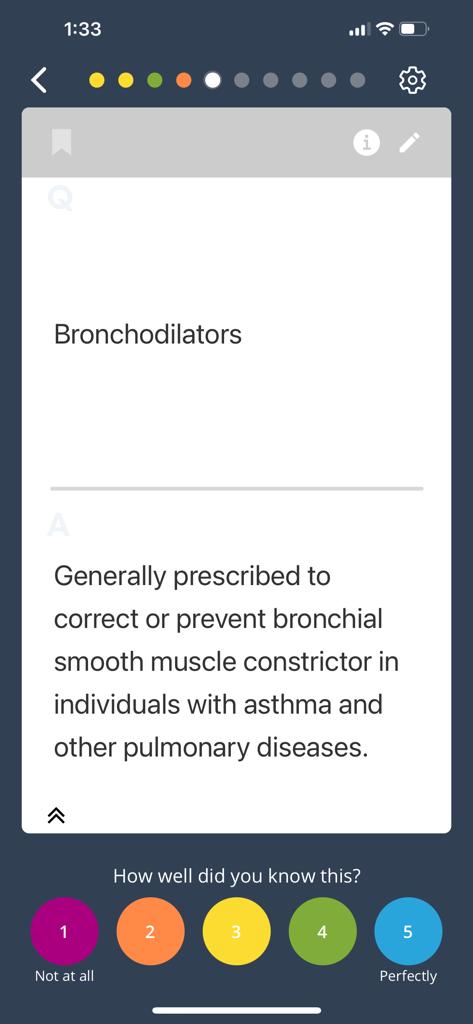
While using our intelligent flashcards, you will rate yourself on how well you know each card from 1 (pink) to 5 (blue). Our intelligent system will start showing you you’re difficult cards frequently, and you’re easy cards only once in a while. This will save you hours of time by focusing on your weak areas. 316 flashcards total.
Practice Exam Process
We have 4 complete (100 questions) NASM PES practice exams. These exams have a 1.5-hour countdown timer to replicate what it feels like to take the real exam. You are shown which domain each question comes from.
At the end of each exam you will see a breakdown of how you did in each of the 5 domains of study. This will help you refocus your studies on your weak areas. We have domain-specific quizzes to help you do this. Check the review results section to see the questions you got wrong.
In the “review results” section you will be able to see all the questions you got wrong as well as the correct answer.
Additional MVP study materials and features

NASM PES Study Blueprint
The study blueprint contains a 16 week study plan, an 8 week plan, a 4 week plan and a 2 week plan (AKA the cram plan). I help you decide which plan is right for you and show you exactly what to study (and how) for that time frame. This blueprint is essential if you are last second cramming and will give you the best chance to pass the exam

NASM PES Cheat Sheet
The NASM PES cheat sheet contains the most important information that you need to focus on right before the exam. This all fits on one sheet of paper and can be easily printed out and used the night before the test and as you are on your way to take it. This drastically helps with last-second retention of information.

100% Exam Pass Guarantee
Our NASM PES MVP study package comes with an exam pass guarantee. It’s straightforward, if you somehow fail the test after using our study materials, we will refund 100% of your money. Period. That’s how confident we are in our study materials.
Flash Sale: Save $100 on the NASM PES MVP Package Today
Code: MARCHFLASH | SAVE 25%-50% on our MVP Study Programs

Questions? Use the Chatbox.






